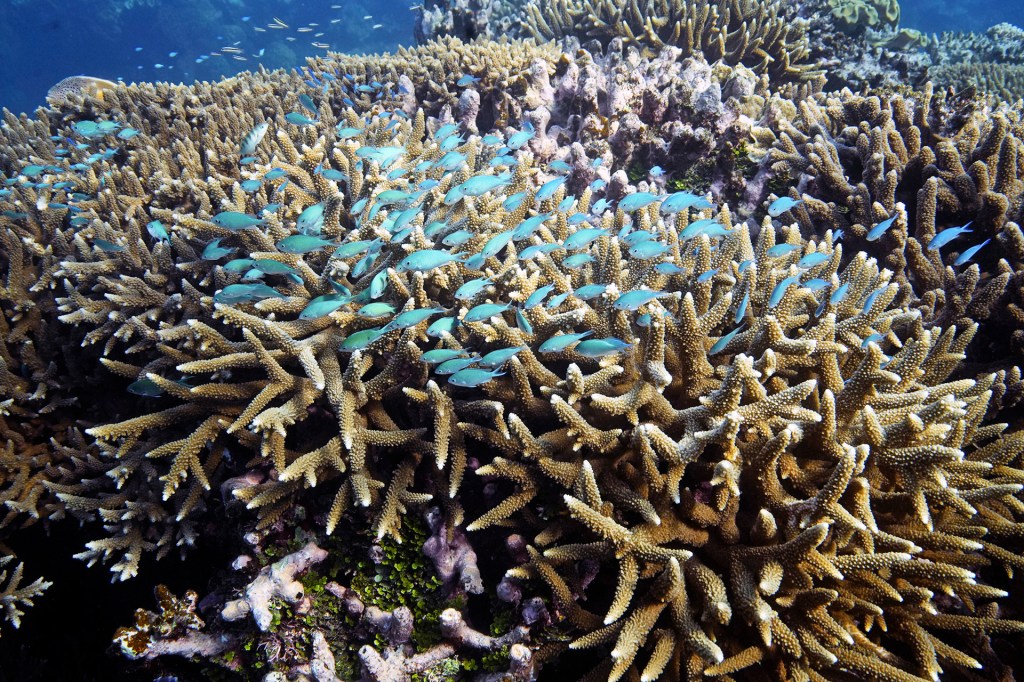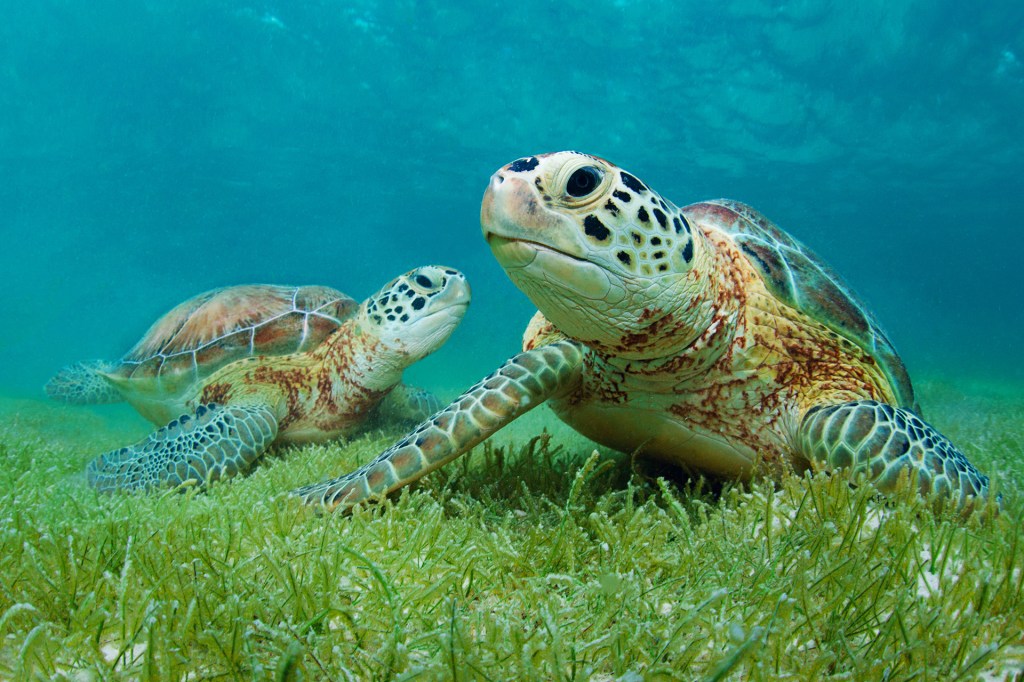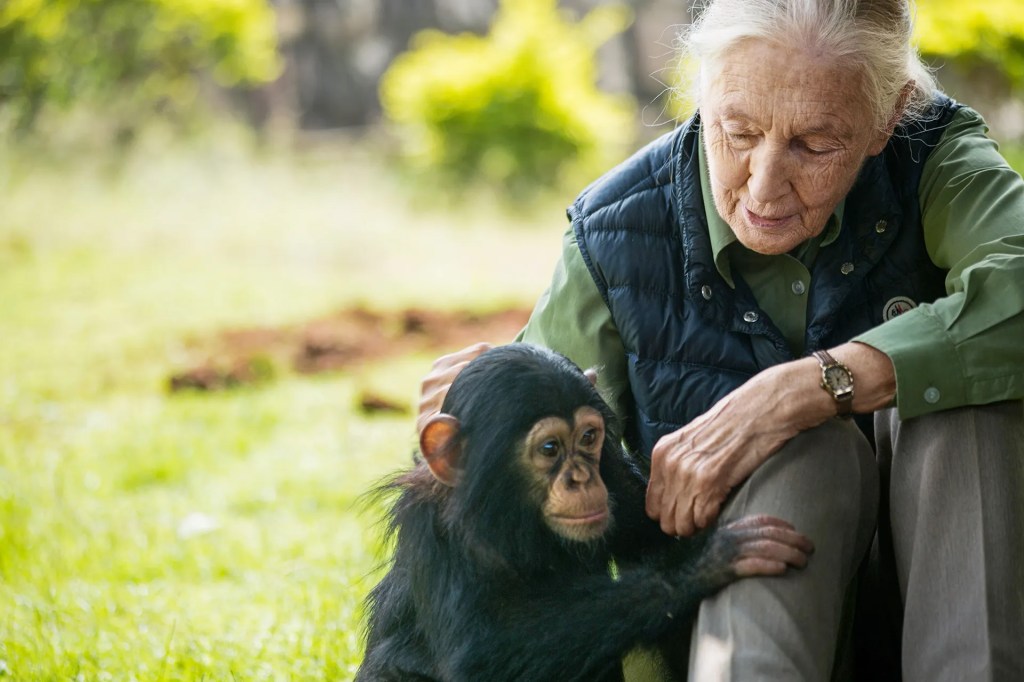New Ocean Treaty

On March 4, United Nations (U.N.) member countries agreed on a treaty that will protect marine life in the high seas. These are ocean waters outside of all national boundaries. The treaty will protect 30% of the world’s oceans–nearly half of the planet’s surface. More money will go toward conservation of those areas.
The treaty is a “historic and overwhelming success for international marine protection,” Steffi Lemke says. She’s Germany’s environmental minister. “For the first time, we are getting a binding agreement for the high seas, which until now have hardly been protected.”
For years, the high seas have suffered because of commercial fishing and mining. Chemicals and plastics pollute the water. All of these are harmful to dolphins, whales, and the many fish species that migrate through the high seas. The treaty is intended to protect marine animals, as well as coastal biodiversity and the economies that depend on it.
Malin Pinsky, a biologist at Rutgers University, hails the U.N. agreement. “The ocean is not a limitless resource,” he says, “and it requires global cooperation to use the ocean sustainably.”
Stop and Think! Why is international agreement necessary to the protect oceans? Which details in the article tell you why the U.N. treaty is important?













